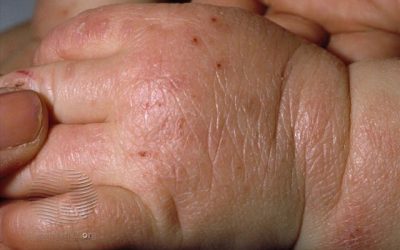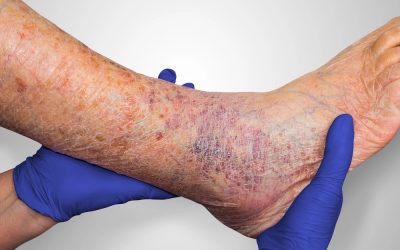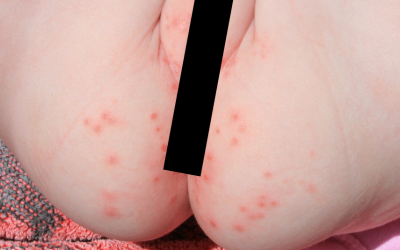Athlete’s Foot: Causes, Symptoms, and Effective Treatment

- The lifetime risk of developing athlete’s foot is 25%.
- A chronic course is characteristic, usually bilateral
- The most common causative agents: T. rubrum, T. interdigitale
- Source of infection: shoes, socks, carpets, public pools, gyms, saunas, showers, hotels
Risk factors
- fungal skin diseases in the family
- foot deformities
- visiting public pools
- injuries
- sensory disturbances in the feet
- Diabetes
- circulatory disorders in the legs
Classification
- Between the fingers
- Soles
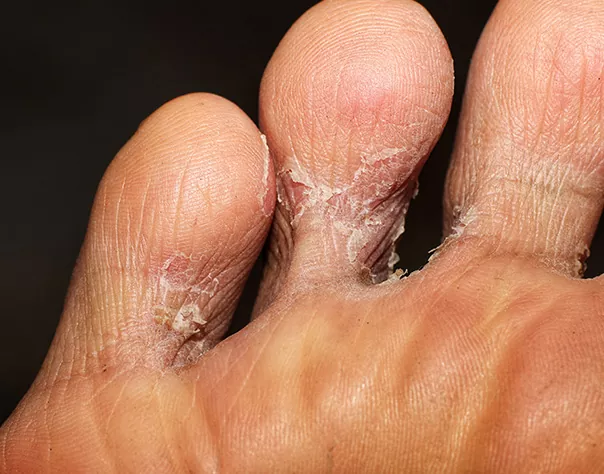


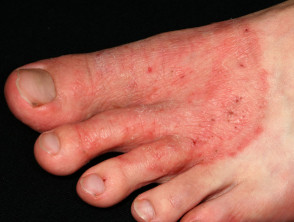
The appearance and symptoms of foot fungus depend on the form of the disease.
Between the fingers:
- characterized by flaking, redness, cracks, peeling of the stratum corneum (skin peeling) between the toes
Fungus of the soles occurs in two forms:
- one is more characterized by flaking, cracks, hardening of the skin
- may spread to the lateral and/or dorsal surface of the foot
- the other is more characterized by blisters in the arch of the foot that spread to the lateral surfaces. When the blisters burst, small defects of the surface layer of the skin (erosions) and scabs are formed
- itching is also characteristic
Diagnostics
In most cases, it is enough to make a diagnosis:
- anamnesis
- clinical signs
In rare cases, when the data from the anamnesis and the clinic are insufficient, laboratory tests are performed:
- dandruff microscopy. The test shows whether the fungus and its parts (hyphae, spores) are found in the sample
- microbiological test identifies the exact type of causative agent and determines the sensitivity to antifungal drugs
During the consultation, the treatment is selected for each patient individually. Topical antifungal drugs are the first choice treatment. Systemic oral antifungal drugs are prescribed if:
- widespread form of fungus
- a form resistant to local treatment
Prevention
- do not walk barefoot in swimming pools, hotels, gyms
- use separate hygiene products
- use disinfectants
- avoid humid working environment

Atopic Dermatitis in Children: Causes, Symptoms, and Treatment
Atopic dermatitis in children is a chronic skin condition that causes itchy, inflamed skin. Effective management includes identifying triggers and using treatments to soothe and protect your child’s sensitive skin, ensuring comfort and relief
Stasis dermatitis
Stasis dermatitis is a skin condition caused by poor circulation in the legs, leading to swelling, discoloration, and irritation. Effective treatment focuses on improving circulation and managing symptoms to prevent complications and improve skin health.
Candidiasis
Candidiasis is a common yeast infection that affects moist skin areas, such as under the breasts, between the buttocks, and in the diaper area. Early treatment is crucial to manage symptoms and prevent recurrence of this fungal infection.


